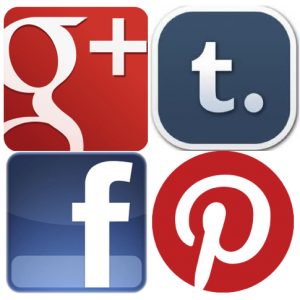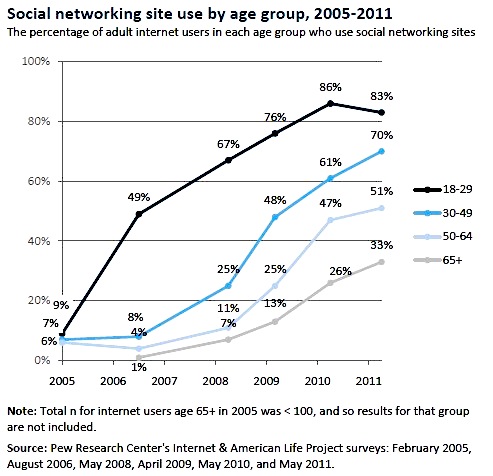Can you live a week without Google Reader?
 That's the question I will answer this week, for myself, as I kiss off RSS subscriptions, press releases and the like in favor of social media and honest to goodness live interaction. The moratorium includes Google News, which I rarely look at anyway (although some of my colleagues are obsessed with it). Press releases, blog posts, etc. that I see on social networks (including blog comments), or someone refers me to, are fair game.
That's the question I will answer this week, for myself, as I kiss off RSS subscriptions, press releases and the like in favor of social media and honest to goodness live interaction. The moratorium includes Google News, which I rarely look at anyway (although some of my colleagues are obsessed with it). Press releases, blog posts, etc. that I see on social networks (including blog comments), or someone refers me to, are fair game.
The objectives are simple: To see if RSS feeds are antiquated and to increase my social engagement, which too often is limited to coworkers and the stories I manage. Hey, I work at home, where the grind makes dust of real interaction unless it is pursued. Aggressively.
Surely many of you already live this way now. Your main news and information comes from the sites and social networks you already frequent -- maybe all of it. Others work for companies that prohibit services like Facebook.
My social haunts for the coming week will include Facebook, Google+, Tumblr and Twitter -- all places I need to increase engagement. I also will do Reddit and Pinterest, where I have accounts but little activity.
There's a limit to how far anyone can spread his or her online social interactions. We'll see where mine stop. Different online communities appeal for many reasons, with community around common interest principal among them.
Who's More Social?
According to Pew Internet report "Social networking sites and our lives: How people’s trust, personal relationships, and civic and political involvement are connected to their use of social networking sites and other technologies", 59 percent of the 79 percent of online Americans use social network services like Facebook. That works out to about half of US adults.
Not surprisingly, engagement varies by age. Eighty-three percent of 18 to 29 year olds use social networking sites, compared to 70 percent of 30 to 49 year olds, 51 percent of 50 to 64 year olds and 33 percent for those 65 or older.
Pew used "Kony 2012" -- the recent viral video that surely you heard about or viewed -- as case study for social networks as news source. In March, a week after Invisible Children, a group based here in San Diego, released the video, Pew explained:
Those ages 18-29 were much more likely than older adults to have heard a lot about the “Kony 2012” video and to have learned about it through social media than traditional news sources. Indeed, a special analysis of posts in Twitter showed that it was by far the top story on the platform.
Forty-eight percent of Americans heard nothing about the video, while 40 percent of 18-29 years olds had "heard a lot". "A national phone survey in the days following the video’s release shows that 58 percent of young adults said they heard about the video", according to Pew. Thirty-six percent of this young group heard about the video on the Internet -- 27 percent from social networks. That compares to 10 percent from traditional media sources. Just 20 percent of 30-39 "heard a lot" about the video.

Circling back to Google Reader, I won't use it this week. Got to ask: From where do you get most of your news and information and with whom do you engage where? Do you use Google Reader or another RSS app?
It's increasingly difficult not use Google Reader somehow, given how many popular standalone RSS apps sync with the service. My fav, which I primarily use on smartphones and tablets is Feedly. But not this week.
I seek inspiration through interaction.